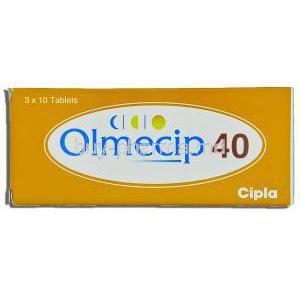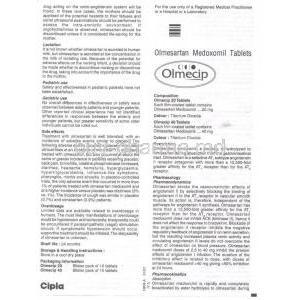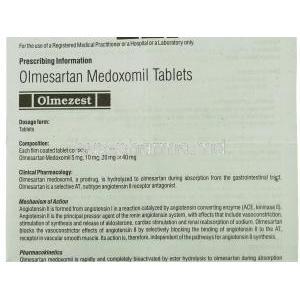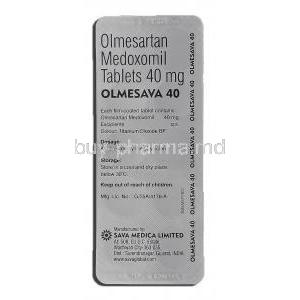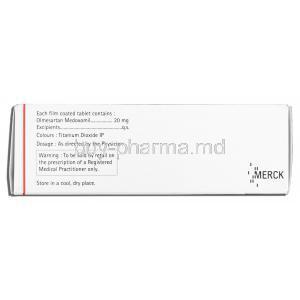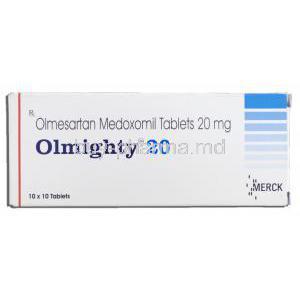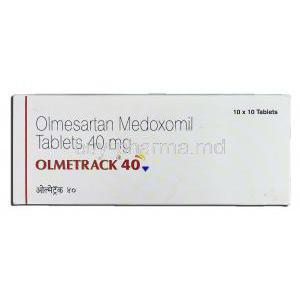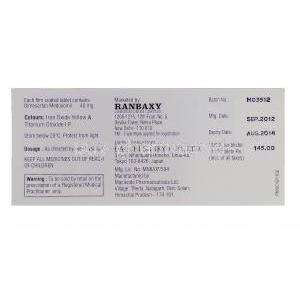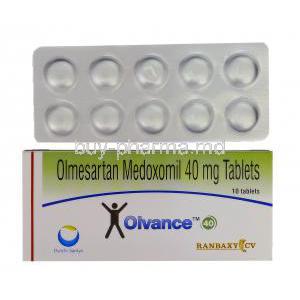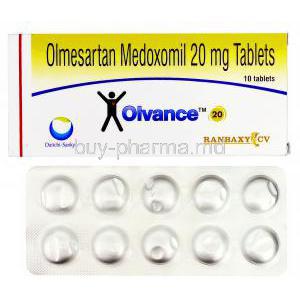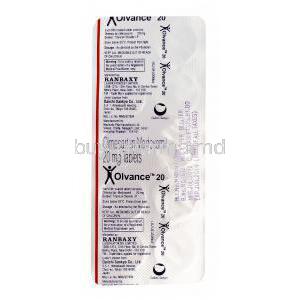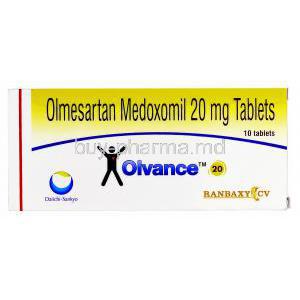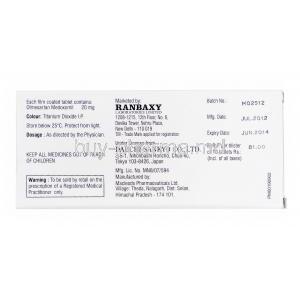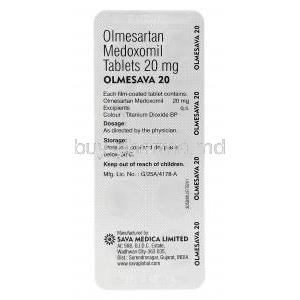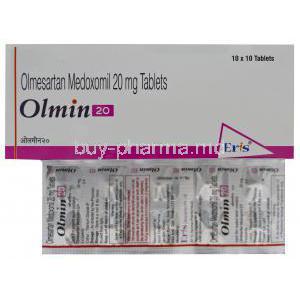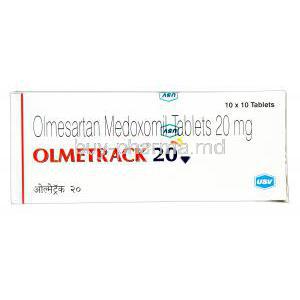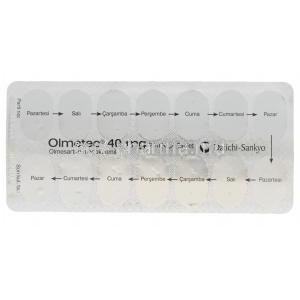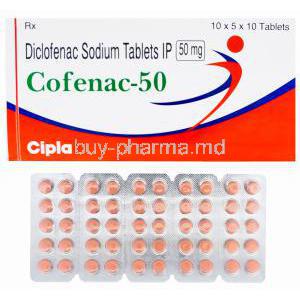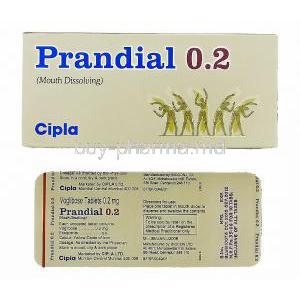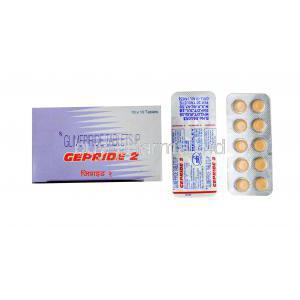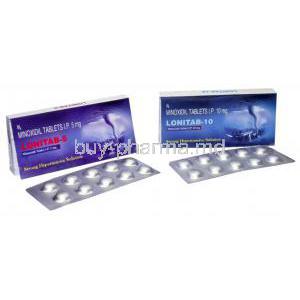Olmesartan Medoxomil
- I. Introduction to Olmesartan Medoxomil
- II. Composition of Olmesartan Medoxomil
- III. Mechanism of Action: How Olmesartan Medoxomil Works
- IV. Uses of Olmesartan Medoxomil
- V. Off-Label Uses of Olmesartan Medoxomil
- VI. Dosage and Administration Guidelines
- VII. Administration to Specific Populations
- VIII. Common Side Effects of Olmesartan Medoxomil
- IX. Serious Side Effects and Adverse Reactions
- X. Drug Interactions with Olmesartan Medoxomil
- XI. Important Precautions and Warnings
- XII. Contraindications of Olmesartan Medoxomil
- XIII. Special Administration Considerations
- XIV. Storage and Handling of Olmesartan Medoxomil
I. Introduction to Olmesartan Medoxomil
Overview of Olmesartan Medoxomil
Olmesartan Medoxomil, a medication used to treat high blood pressure, falls under the category of drugs called angiotensin II receptor blockers (ARBs). This medication is designed to address high blood pressure, a major factor that can lead to heart and kidney issues.
Importance in Hypertension Management
Hypertension, sometimes referred to as the 'silent assassin,' necessitates management to avoid negative health consequences. Olmesartan Medoxomil is essential in lowering blood pressure, thereby easing the strain on the heart and decreasing the chances of hypertension-related complications.
II. Composition of Olmesartan Medoxomil
Active Ingredients
Olmesartan Medoxomil contains olmesartan as its active component, which targets the AT1 subtype of the angiotensin II receptor to help regulate blood pressure.
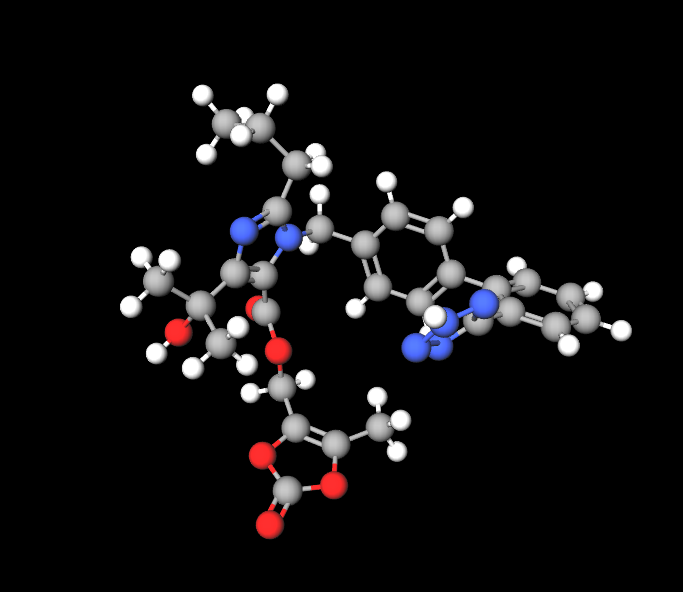
Inactive Components and Their Roles
- Binders and Fillers: They help maintain the structure of the tablet and ensure it stays intact.
- Disintegrants: Aid in breaking down the tablet to absorb the active ingredient.
- Preservatives: They prolong the medication's shelf life by preventing bacteria growth.
Difference between olmesartan and olmesartan medoxomil
Olmesartan medoxomil is a type of prodrug that becomes active as olmesartan once it is fully broken down in the tract after absorption.
III. Mechanism of Action: How Olmesartan Medoxomil Works
Angiotensin II Receptor Blockade
Olmesartan works by acting on the AT1 receptor to block the effects of angiotensin II, which include vasoconstriction and aldosterone secretion. This action causes blood vessels to widen, decreases aldosterone production, and ultimately lowers blood pressure.
Effects on Blood Pressure
Olmesartan Medoxomil blocks these pathways, reducing overall vascular resistance and helping to improve high blood pressure.
IV. Uses of Olmesartan Medoxomil
-
Treatment of High Blood Pressure (Hypertension):
- Olmesartan Medoxomil is commonly prescribed to treat high blood pressure (hypertension). It helps prevent strokes, heart attacks, and kidney problems by relaxing blood vessels and allowing blood to flow more easily1.
- The recommended dosage for adults is initially 10-20 mg once daily, which may be increased to 40 mg once daily if necessary. For children aged 6 years and older, the dosage is the same as for adults2.
-
Heart Protective Advantages:
- Beyond its blood pressure-lowering effects, Olmesartan Medoxomil provides heart protective benefits.
- It has been associated with decreasing left ventricular hypertrophy (an enlargement of the heart’s left pumping chamber) and reducing the risk of heart failure1.
V. Off-Label Uses of Olmesartan Medoxomil
-
Management of Type 2 Diabetes-Associated Nephropathy:
- Olmesartan is used off-label for the management of Type 2 Diabetes-associated nephropathy. It has demonstrated renoprotective effects, slowing the progression of diabetic nephropathy1.
- Patients who are unable to tolerate angiotensin-converting enzyme inhibitors (ACE inhibitors) may benefit from Olmesartan1.
-
Heart Failure:
- Recent research suggests that Olmesartan could provide advantages in enhancing outcomes for individuals with heart failure.
- Its impact on reshaping and functioning of the heart, along with its ability to reduce afterload, increase cardiac output, and prevent ventricular hypertrophy and remodeling, contributes to its potential benefits in heart failure management1.
VI. Dosage and Administration Guidelines
Standard Dosing Recommendations
Typically, adults with high blood pressure are prescribed an initial dose of 20 mg once a day. This dosage may be changed depending on how well it works, up to a maximum of 40 mg per day.

Adjustments for Specific Patient Groups
Patients with kidney problems or taking medications that impact the renin-angiotensin system may need their doses adjusted.
VII. Administration to Specific Populations
Elderly Patients: Special Considerations
Given the likelihood of kidney issues and related health problems in older individuals, it might be necessary to monitor them closely and make adjustments to their medication dosages.
Pregnant Women and Nursing Mothers: Safety Profile
It's not safe to take Olmesartan Medoxomil during pregnancy because it can harm the baby. If you're nursing you should. Stop taking the medication or breastfeeding to avoid any negative effects, on your baby.

Pediatric Use: Dosing and Safety
Olmesartans safety and effectiveness in children, under 18 years old have not been proven,. It is not advisable to use it in pediatric patients.
VIII. Common Side Effects of Olmesartan Medoxomil
Frequently Observed Adverse Effects
- Feeling light headed
- Slight changes in metabolism, like high potassium levels
- A temporary decrease in kidney function
Managing Common Side Effects
Most of the side effects tend to be mild and can be handled easily. To minimize these effects, it's important for patients to keep themselves hydrated and monitor their blood pressure regularly. It's recommended to seek guidance from a healthcare provider if any adverse effects persist.
IX. Serious Side Effects and Adverse Reactions
Identifying Serious Health Risks
Olmesartan Medoxomil, although it works well, can cause adverse effects in people who are vulnerable. These may include low blood pressure, kidney problems, and high potassium levels, which could result in life-threatening situations if not treated promptly.
Immediate Actions and Recommendations
If severe side effects are detected, it's crucial to stop taking Olmesartan Medoxomil and get prompt medical help. Healthcare professionals may take action such as giving fluids, for blood pressure, or arranging emergency dialysis for sudden kidney failure.
X. Drug Interactions with Olmesartan Medoxomil
Common and Significant Interactions
- Taking steroidal anti inflammatory drugs (NSAIDs) might reduce the blood pressure lowering impact of Olmesartan and raise the chances of kidney issues.
- Additionally, be cautious when combining Olmesartan with potassium supplements and potassium-sparing diuretics, as it could worsen the risk of potassium levels.
How to Manage Drug Interactions
To manage drug interactions effectively it is important to monitor the levels of medication in the body and check kidney function. Depending on the patients condition changes, in dosage or exploring treatment options might be necessary.
Olmesartan Medoxomil and Hydrochlorothiazide
The combination of olmesartan and hydrochlorothiazide is prescribed for managing blood pressure either on its own or in conjunction with other medications. Elevated blood pressure increases strain on the heart and arteries potentially leading to impaired functionality if left untreated over a period.
Olmesartan Medoxomil vs Lisinopril
Lisinopril may not be effective, for all individuals. Other options to consider besides lisinopril are Lotensin, Diovan, hydrochlorothiazide, Norvasc and Toprol XL.
Olmesartan medoxomil vs Losartan
Olmesartan might work effectively than losartan in reducing blood pressure. The longer duration of action of olmesartan could play a role, in its ability to lower blood pressure. However some studies suggest that both olmesartan and losartan show effectiveness over time.
XI. Important Precautions and Warnings
Black Box Warnings: Understanding the Risks
Olmesartan Medoxomil comes with a caution about potential harm to unborn babies. It is advised that expectant mothers avoid using Olmesartan to prevent any risks of harm or fatality, to the fetus during the later stages of pregnancy.
Precautions for First-time Users
New individuals should take note of the possibility of feeling lightheaded as a result of fluctuations in blood pressure particularly following the intake. It is advised to keep a check on blood pressure levels upon commencing the treatment and make any dosage modifications, under the guidance of healthcare professionals.
XII. Contraindications of Olmesartan Medoxomil
Absolute Contraindications
Patients with an occurrence of angioedema linked to prior use of an angiotensin receptor blocker and diabetic individuals on aliskiren should avoid using Olmesartan Medoxomil.
Conditions Requiring Cautious Use
Patients who have heart failure, significant renal issues, or liver problems should be careful when using Olmesartan Medoxomil as it may exacerbate their existing conditions.
Olmesartan medoxomil and Alcohol
Consuming alcohol may enhance the blood pressure, reducing the impact of olmesartan, leading to feelings of dizziness or lightheadedness.
XIII. Special Administration Considerations
Handling and Administration Precautions
When you give someone Olmesartan Medoxomil, make sure to use the form and strength to prevent mistakes in dosing. It's crucial to educate the patient on how to take the medication for it to work well and be safe.
Measures to Prevent Overdosage
To avoid taking much medication, it's important to adhere strictly to the prescribed dosages. If an overdose is suspected, immediate supportive care and symptomatic treatment should be provided, along with monitoring signs and kidney function regularly.
XIV. Storage and Handling of Olmesartan Medoxomil
Recommended Storage Conditions
Be sure to store Olmesartan Medoxomil in a dry place at room temperature, away from moisture and sunlight, to keep it effective and prolong its shelf life.
Safety Tips for Disposal
Make sure to dispose of Olmesartan Medoxomil that has expired or is unused to prevent accidental ingestion or harm to the environment. It's best to check with your guidelines or talk to a pharmacist, for safe disposal methods.



